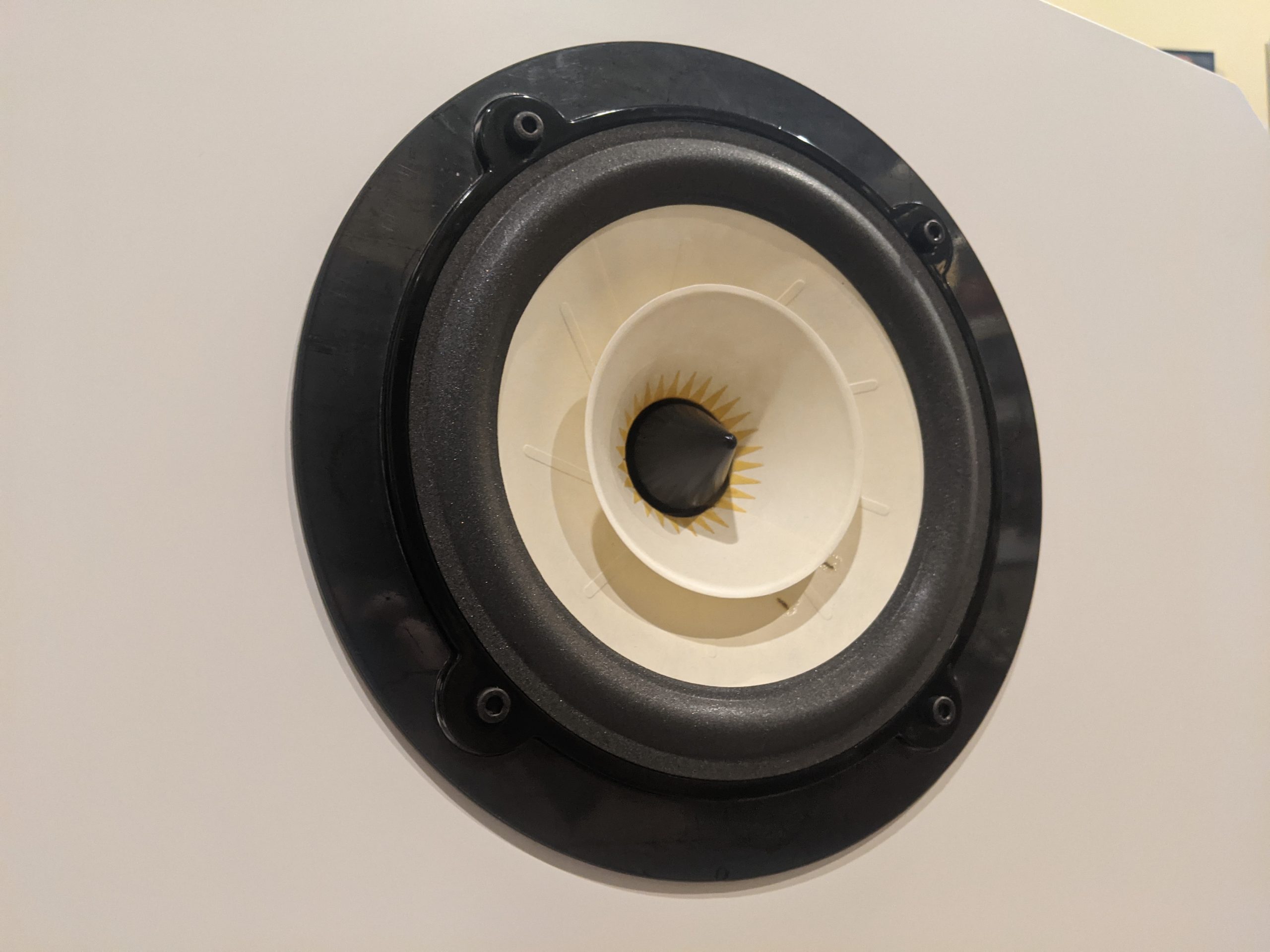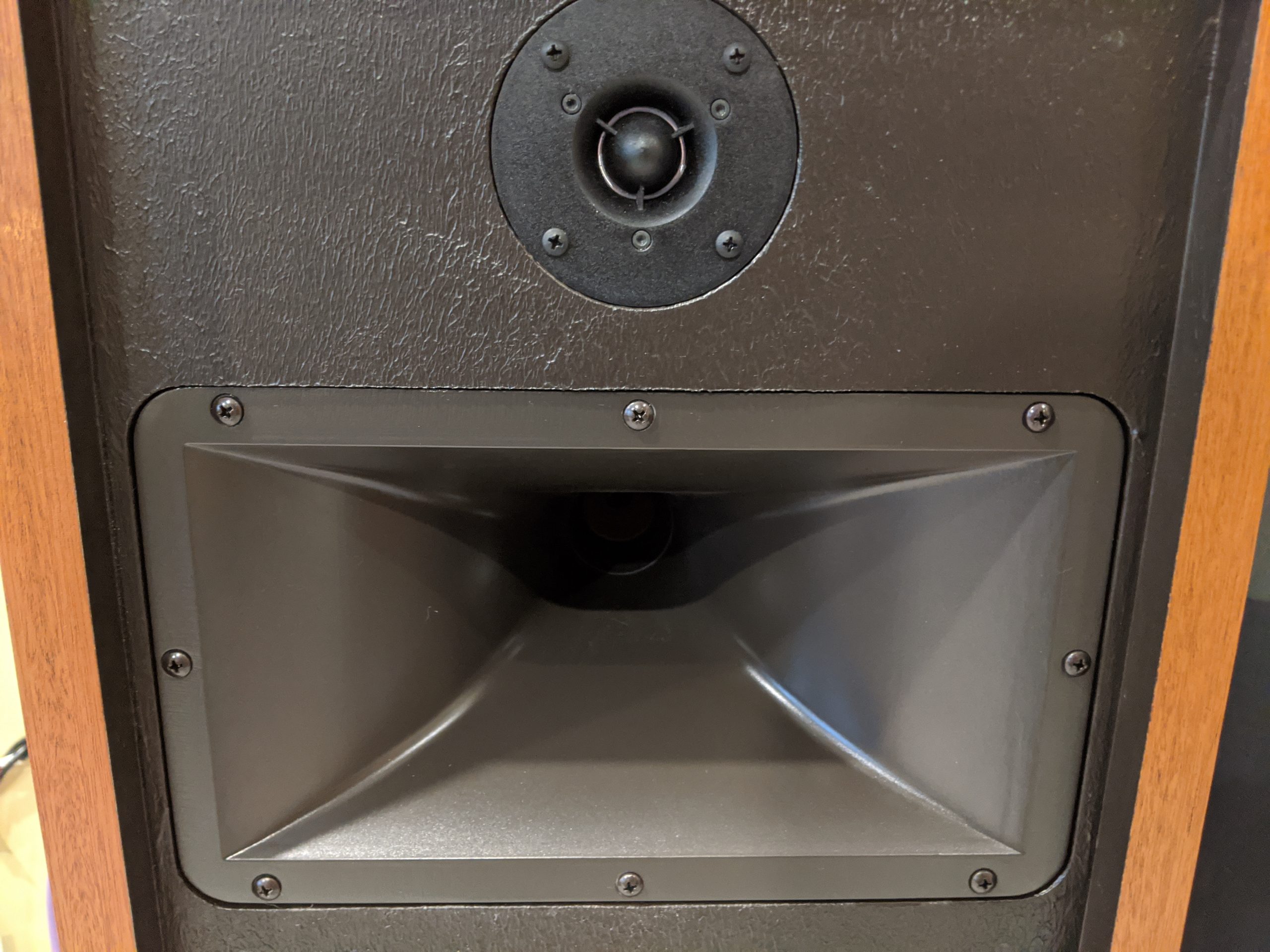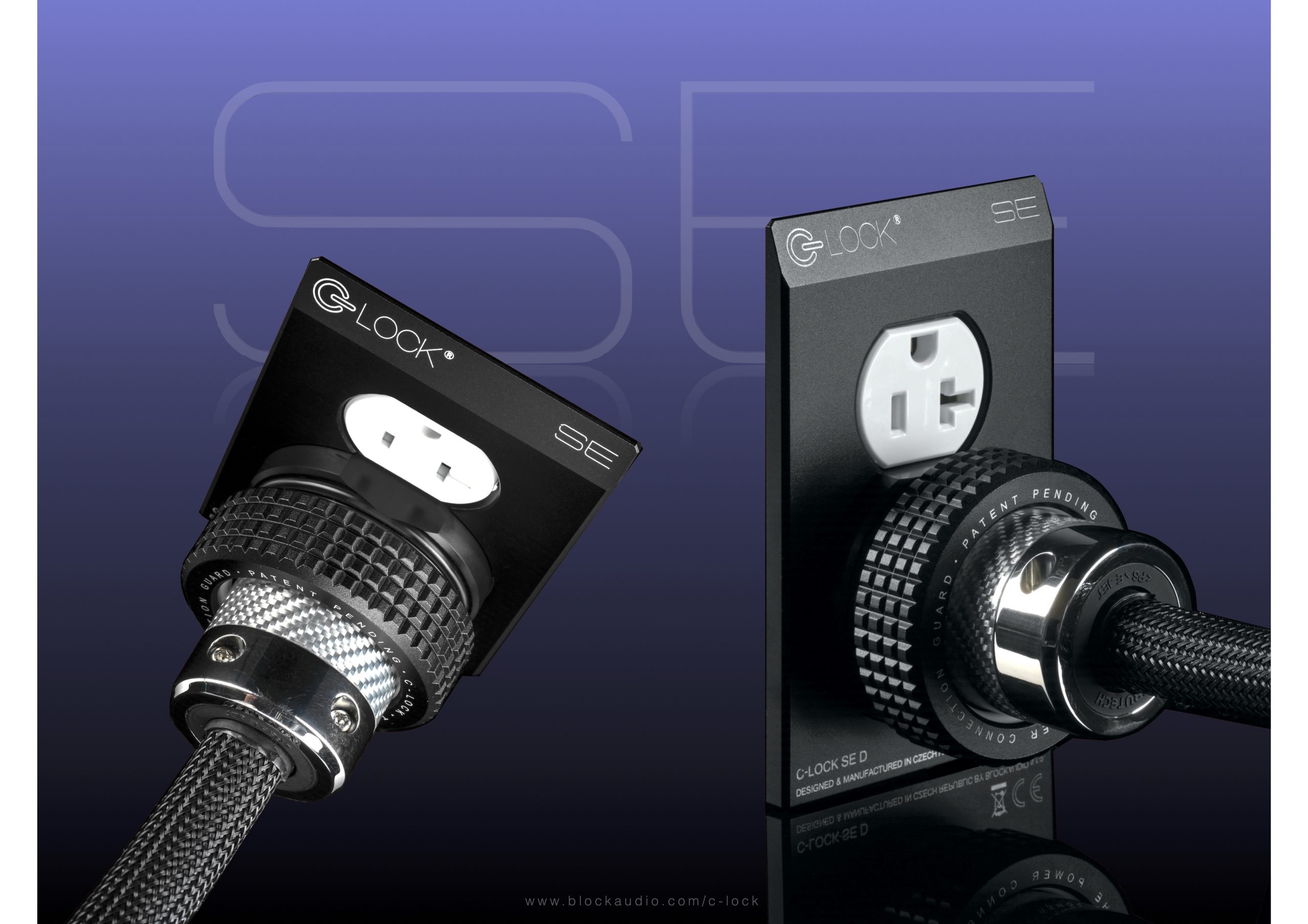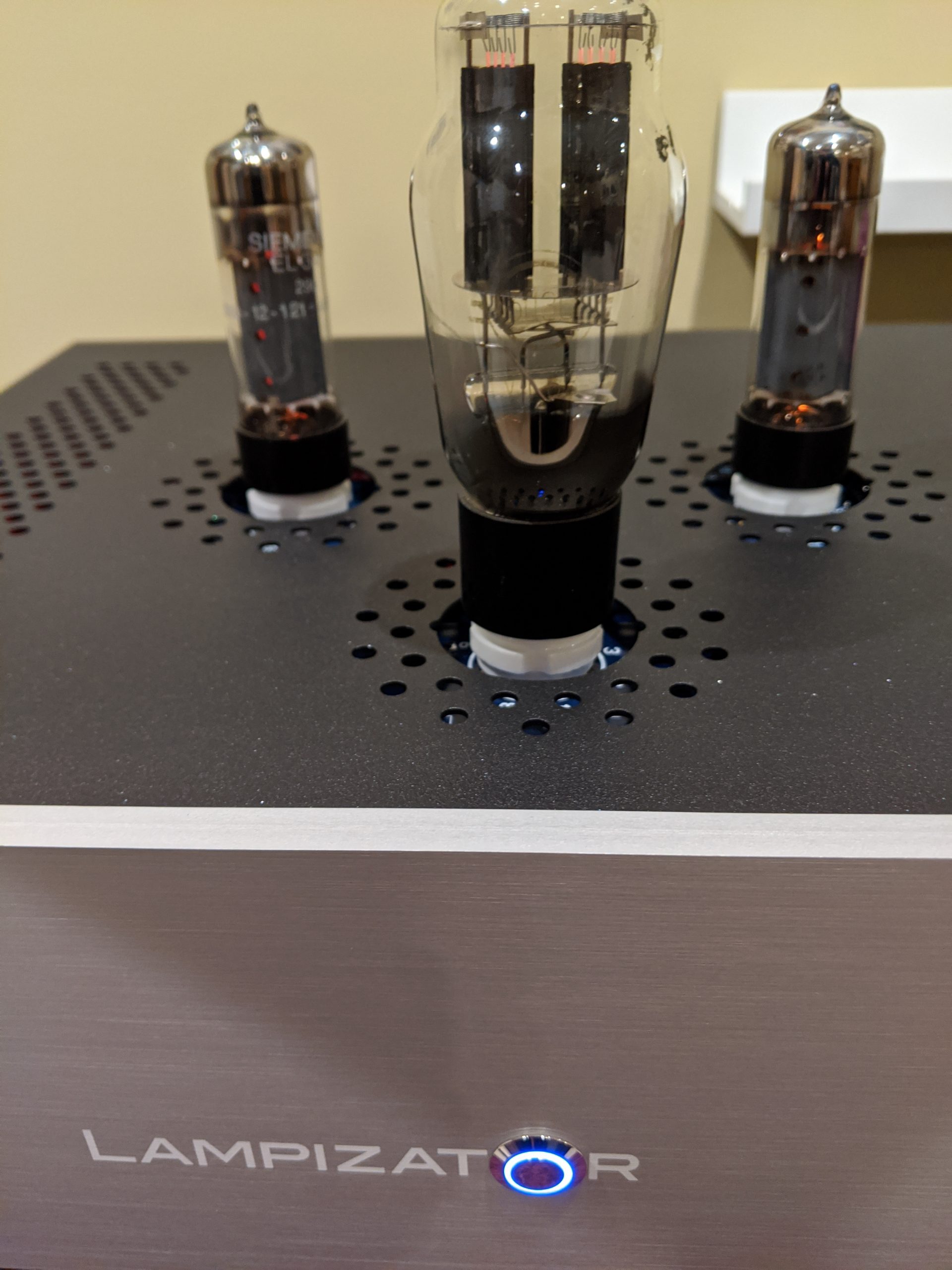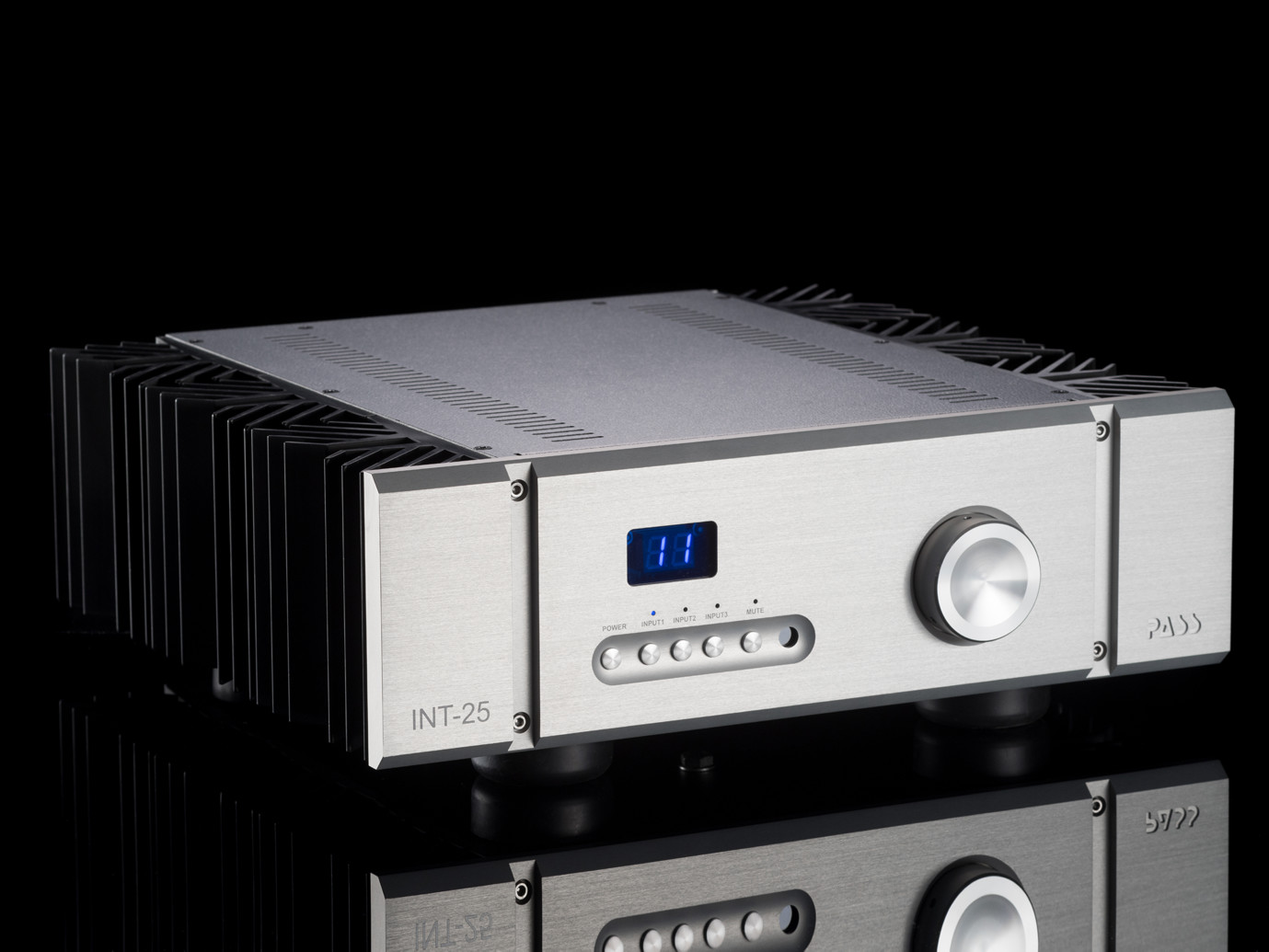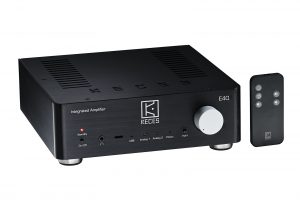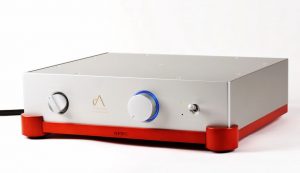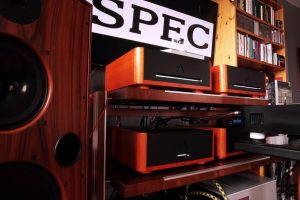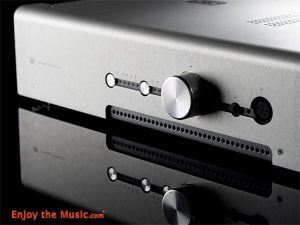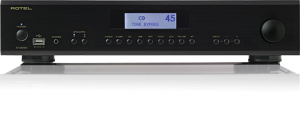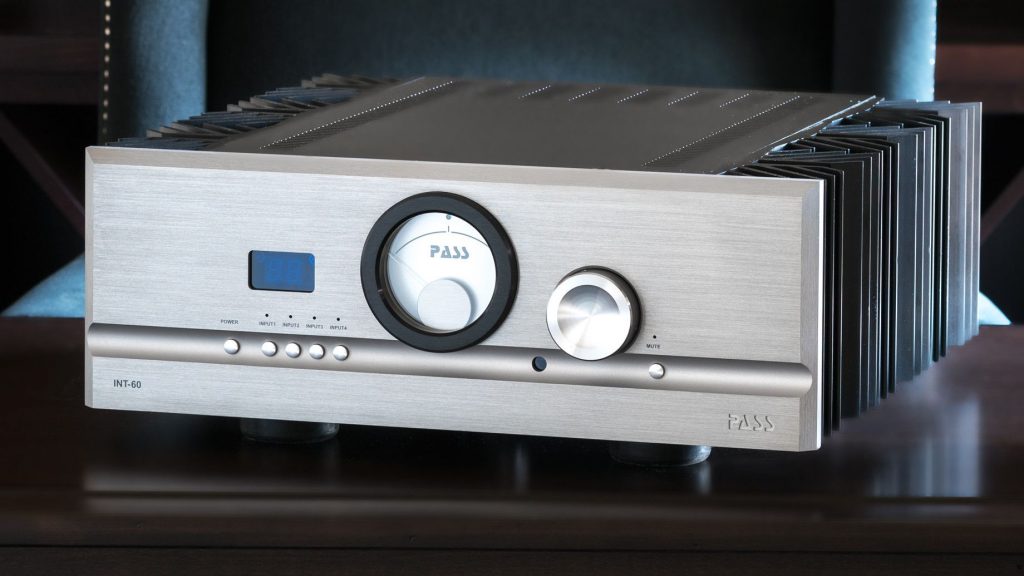
A few times I've been lucky enough to review a product before the rest of the audio-press get their red-hot hands on it, but mostly I've been Gary-come-lately to the audio-party. I'm grateful of course, for opportunities to be the first to review a new offering; but while plotting how to get ahead of the reviewer crowd more often, I realized I may have missed something important. In December 2016, I took delivery of another beautiful Pass Labs product: The INT-60 Integrated amplifier. Dang near every major publication has reviewed it (well, I don't really know that, but there've been a lot); including Positive Feedback's own resident integrated expert, Robert Youman (HERE). So what is it that I have missed about being in the media vanguard? A quote from my notes sums it up: "Tonight, while sitting in the dark listening to the late Billy Preston going round in circles, I realized why it is not all bad to be a late bloomer…Time." Not being concerned about being first to press allowed me time to really get to know the INT-60. And unlike the other Pass Labs products I've had here, the 60 kept getting better—perhaps due to the preamp section—for weeks after first firing it up.
Operation and Design
The brainchild of Pass Labs' Wayne Colburn, and Nelson Pass; the INT-60 is a fully balanced, high bias Class AB solid-state, remote-controlled, integrated amplifier. That's a mouthful of a description for an amp that appears relatively simple from the outside.
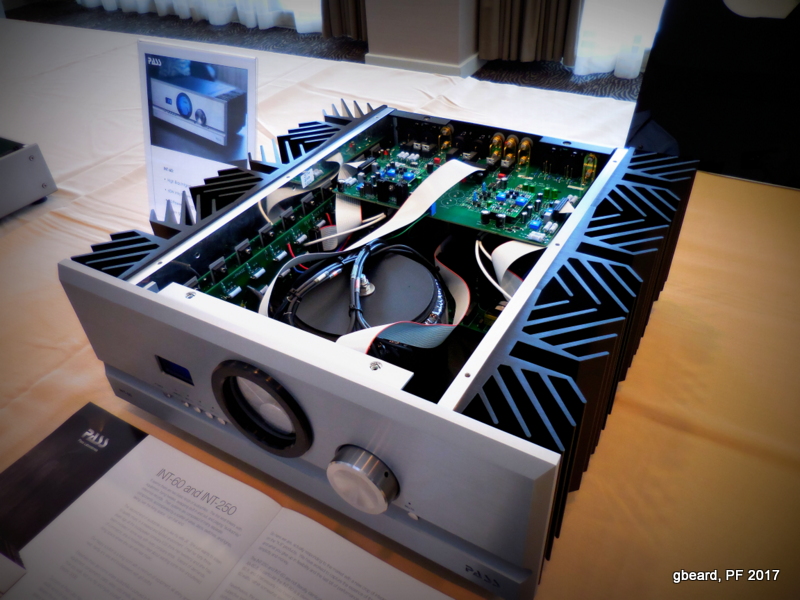
A Topless INT-60 at AXPONA 2017
The INT-60's preamp section is a low gain (6dB), low feedback design backed by a hefty power supply. The amplifier section is not quite that of an XA 60.8; instead dividing the power supply and output stage of a single mono amp to deliver a stereo amplifier. The amp pumps out the first 30 watts in Class A before entering Class AB to deliver 60 watts per channel at 8 ohms, doubling to 120 watts into 4 ohms.
Weighing in at 93 back-breaking pounds, the guts of the INT-60 are housed in a Point 8 style chassis. The front features a volume control knob and digital volume display, power on-off, mute, and input buttons, and of course, the now familiar big blue Pass meter. On the rear, there is a 120v power inlet, main power switch, fuse, signal grounding stud, and four inputs: Two with the choice of XLR or RCA (cannot be used simultaneously), and two that are RCA only. There is a volume controlled Preamp output (RCA and XLR) that can drive a separate system, power amp (which I've done multiple times), or subwoofer. The preamp output is live or muted at the same time as the INT's internal amp. Also on the rear are left-right sets of 5-way ratcheting speaker terminals. These speaker posts work great; even large spaded cables can be attached securely without concern of over-tightening.
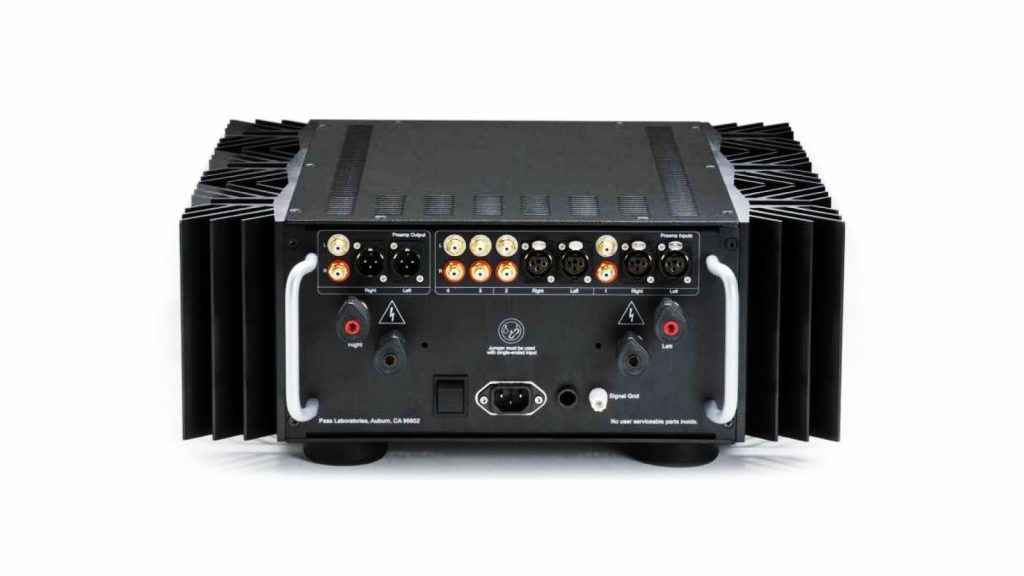
Once connected per the manual, turning on the rear main power switch puts the amp in standby. From then on, there is no need to switch off the main, unless connecting or disconnecting cables. The aluminum remote features power, input selection, mute, and volume control buttons. However, unlike its older integrated sibling, the INT-30a, it does not offer balance control or dimming of the front panel display. While I love remote control, once in a while I feel compelled to get up and enjoy the sweet responsiveness of the volume dial. Yes, its only job is to change the volume; 63 steps, up or down 1dB at a time; but it does so with such operational elegance, it feels good just to turn the dial. Oh yeah.
It should be noted that the INT-60 is physically large, and may not fit on a standard audio rack. I placed it on a maple slab on the top shelf of mine. The 60 only draws a half watt at standby, but 375 watts in operation, and needs about an hour to come to its 53 degree Centigrade optimal operating temperature. It does get very warm, but never too hot to place a hand on its top cover. Gain is switchable between 29 or 35dB via internal jumpers. It is factory set at 29dB which worked well with my system.
Passing with an A+
If Pass Labs goal was to narrow the gulf between separates and single piece audio components, they have certainly succeeded. The INT-60 is the most well rounded audio component I've heard in my listening room. It's an exceptional marriage of audio design virtuosity: Wayne Colburn's preamp prowess driving an integrated version of Nelson Pass' awesome Point 8 amp, wrapped in Desmond Harrington's distinctively gorgeous styling.
The INT's 60 watts of power is plenty for my 90 dB@8 ohm, VSA's. In fact, with my speakers, the amp runs in Class A almost exclusively. The Pass meter displays the crossover from class A to AB watts. I tried hard to get the needle to skew right of noon fully into AB; but the amp must be cranked almost to its volume limit to get the needle to budge at all. Of course, this is just audiophile paranoia, it doesn't really matter what amplifier class the INT is running, the amp is always in firm control of my speakers. It may be because of this control that I find myself listening at levels I used to believe were way too loud.
But honey, Lynyrd Skynyrd told me to turn it up!
Okay, maybe those levels are too loud… My bad, neighbors.
So what does the INT-60 sound like? I'm sure this is too simplistic, but it sounds like music. Honestly, I could stop right there and be content I'd captured its audible virtues… But nah, you don't get off that easy!
Integrated Sound
The 60 has a congenial presence that is a bit warm, and eminently listenable. In general, I'd say the INT-60 is on the neutral to slightly sunny side of the dark/light spectrum, and there is a quality of realness to its sound that is striking. Midrange is expressively open, bass is deeply nuanced, and treble is smoothly extended. Resolution of fine detail is very high, and yet, even poor recordings are satisfying listening experiences. It drives the rabbit droppings out of my speakers too, providing quiet corners of dynamic contrast, as well as explosive swings from piano to forte. Outstanding inner resolution plucks silky sonic petals from the recording space and floats them in a well-defined and dimensional stage.
Swing Low and For the Fence
One of the INT-60's most appealing qualities is its ability to render an immersive musical picture at nearly any volume. It seems to have multiple sweet spots, and is proficient at both volume extremes. It's almost too easy to turn up loud. The INT is equally capable of creating an impressive listening experience when the volume is low.
Many weeks into my audition, I sat down to the arduous task of assembling tax info (ugh). I disinterestedly powered on the Pass and arbitrarily turned the volume to 12. That is a very low level, even for me, and barely loud enough to be heard above competing sounds. I had been listening at step levels between 30 and 50—at times startlingly loud compared to my normal middling listen levels—but as I proceeded to complete the taxing chore (commencing with the traditional playing of The Beatles "Taxman"), those 12 notches began to speak to me. Dave Matthews' Under the Table and Dreaming was playing, and I became mesmerized by the sax and percussion. Then I played The Black Crowes, "Only a Fool", and their bluesy, rocking, wall of sound was all there. As recording after recording played, layers of sound emerged with stable images, deep bass, and even a modicum of dynamic intensity, all shining through at a barely audible level.
The Holistic Enchilada
After a couple of months of swapping Pass/First Watt amps in and out of my system, I finally settled in with the INT-60 as my day to day, go-to amp. Since that time, I have been mindfully trying not to think of it fragmentally. It is only when I quit compartmentalizing the sound of the INT that I find its definitive quality: The Pass INT-60 simply gets out of the way and lets the music play.
Umphreys McGee, Etta James, Van Morrison, Mingus, John Pizzarelli, Bela Fleck, Styx, Johnny Cash, Yes, Johnny Winter, The Rolling Stones, Mozart… The INT 60 rocks, jazzes, orchestrates, picks and grins with soul. It really doesn't care what kind of music—delicate, rosy, huge, small, dynamic, or hard-edged—it plays it all with an easy breezy style.
I've had many memorable sonic experiences with the INT-60, but early on, there were a few that clued me in to the articulate resolution of the Pass. Huey Lewis and The News, acapella "It's Alright", was a downright musical delight, highlighting the INT's ability to separate layers of voices, while still keeping them a musical whole. I could easily understand every breathy word of Ani DiFranco's "Promised Land", from the Evolve album; and while listening to Charlie Daniels Band's "The Devil Goes Down to Georgia", I noticed how the guitar power cords hit hard then decayed naturally behind the rising volume of Charlie's voice. It was a disparate musical moment that happens in every musical event, yet I had never noticed these dynamic opposites so obviously before. Playing a Tune Saloon prog-rock fave, Kansas' "Cheyenne Anthem", unknowingly showed off the INT-60's soundstaging abilities: This fantastical recording was ethereal, seamless, and achingly beautiful from window to wall.
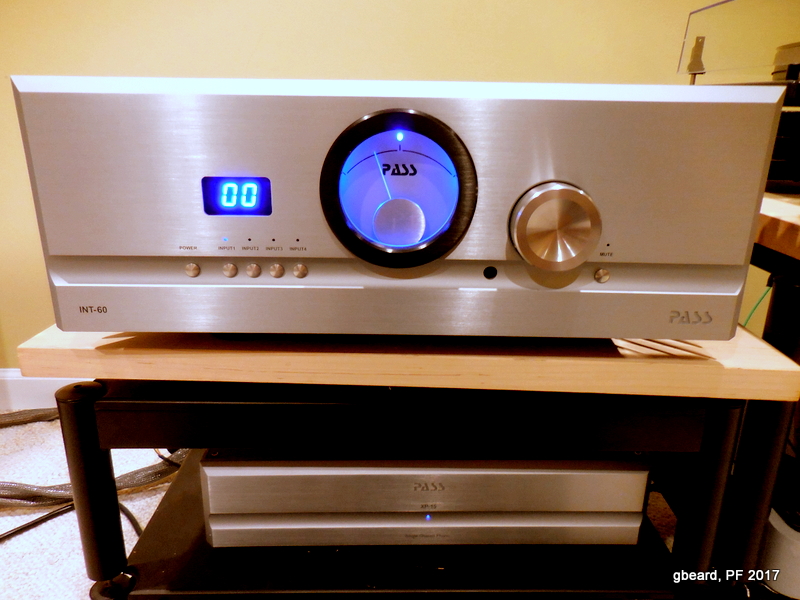
Luckily for me, I still have the Pass Labs XP-15 phono stage on loan for this project (Thanks, Pass Labs). I listened to record after record, and the combo never failed to elicit a smile from my face. These two Pass products sound amazing together, and it has become hard for me not to think of them as a system. The INT-60 has forged quite a partnership with my PS Audio Direct Stream Junior too. In fact, synergy with all my gear is the real story here: When my reviewer brain is turned off—doing menial tasks; writing an email, putting socks in the dedicated stereo room sock drawer, or simply zoning out—that is when a song suddenly touches my inner James Brown.
To reprise, the greatest attribute of the INT 60 is how it lets the music speak for itself.
That's pretty damn good.
A Very Spatial Amp!
The Pass is Palpable with a big P, and has amazing clarity and resolution. Its realistic timbre and energetic charisma bring the musical event into my room. I should make special mention of the INT-60's ability to depict space. It's not a tube alien, but it is a solid-state space monster. I've owned a tube amp or two that could best the INT 60 in recreating the recording space, but not with the same level of vivid dynamic contrast and bass performance. The stage is wide, and layering of instruments and voices is excellent. Images have body and weight and are correctly sized. The Pass manages to throw that body and weight around the room with a feathery touch, and because the amp is so quiet, musical images flood and light up the stage.
Thanks to a generous audiophile friend, a few weeks before posting this review, I was the recipient of a short-term loan of some older versions of high-order Von Schweikert Audio/Masterbuilt cables: Bi-wire speaker cables, XLR interconnects, and a power cord. I was somewhat shocked (and frankly, a bit dismayed), that the improvement in my system was so obvious. Increased clarity, a further expansion of space, and better focus for starters... While the speaker cables and IC's made definite difference, it was the power cord plugged into the INT-60 that took my system to a new level of performance. These cables are not in my personal budget, but readers should be aware that even though I have thoroughly enjoyed the INT-60 in my modest system, the amp had untapped potential that these cables brought to the fore.
I am now on the lookout for a new power cord, and oh heck, maybe a whole new set of cables...
Dang it.
The Results
I drove my own Pass Labs XA 30.8 and the First Watt F7 from the INT-60's preamp output, and it never failed to sound fantastic. Wayne Colburn's integrated preamp section is clearly superior to my auto former based line stage with the XA 30.8. And while perhaps a toss-up with the First Watt F7, it is obvious the preamp section is terrific and one of the keys to the overall great sound of the INT-60.
Even though I've been writing about audio a long time, sometimes there are no words that can convey the joy I get from listening to music. I get just such a feeling when the INT-60 is the engine of my system. Spinning record after record, punching down one digital file after another; I cannot get enough. In my system, and in my room, the sound of the Pass Labs INT-60 is everything I could ever want in an integrated, or separates for that matter. It's a beast. It's a lamb. It's pure. It's musical. I do not want to give it back.
Maybe I won't.
INT 60 Integrated Amplifier
Retail: $9000
Pass Laboratories
13395 New Airport Road, Ste G
Auburn, CA 95602
530.878.5350
Specifications
- Class AB
- Type Stereo
- Gain (dB) 29/35
- Volume control (1dB steps) 63 dB
- Remote Yes
- Inputs 4
- Outputs 2
- Frequency Response -6 dB @ 80 KHz
- Power Output/ch (8 ohm) 60
- Distortion (1 KHz, full power) 1%
- Input Impedance (Kohms) ea Leg 45
- Damping Factor 150
- Output Noise (uV) <250
- Power Consumption (Watts) 375
- Temperature (deg C.) 53
- Dimensions (W x H x D) 19 x 21.2 x 7.6
- Weight (LBS) 93




